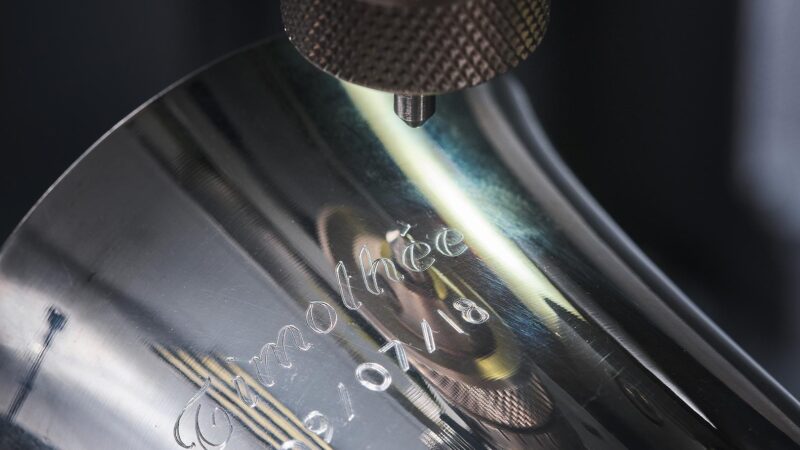The Story of Cuban Cigars

The Cuban cigar is something of a status symbol amongst high society. Cuban cigars can be incredibly expensive to purchase, as such, the average man can not afford a top-shelf Cuban cigar.
Cigars have been smoked for over 500 years. When Christopher Columbus discovered Cuba, he found the locals smoking tobacco that had been rolled in leaves and lit at the tip. The locals referred to tobacco as Cohiba. Manufactured cigars were popularized in Spain from the tobacco samples that Columbus brought back from the Americas and then production came to Cuba when the Europeans could no longer handle the demand for the product. The first Cuban cigar factory was established circa 1542 by the Spanish crown but the history of the cigar goes back farther than the 1400s. In fact, it is widely accepted that the Mayans invented the cigar as early as the 10th century. Depictions of what appears to be Mayans smoking cigars were discovered and are referenced in support of the claim.
The Mayans had something great, but the Cubans did it better! It was with the introduction of mass cigar production that free-trade was introduced to Cuba as ordered by the king of Spain, who was at the time Fernando VII (14 October 1784–29 September 1833). The king lifted the free trade ban and allowed Cuba to flourish into a prosperous nation, all thanks to the cigar.
The push for mass production of the cigar came from trial and error. The cigars had to travel a long way and oftentimes did not make the journey to Europe intact. In the 1810s production and quality shifted and the demand for the new and improved cigars soared.
Following the Cuban revolution, the cigar was seen as a national treasure as such the industry was regulated and tough restrictions and quality control allowed the industry to become ever more prosperous and the cigars ever more sought after during the post revolution years.
But, the demand was not only due in part to the status symbol and new found quality, but in some parts of the world, including the United States, it was seen as a thrill because any imports from Cuba were banned, making the possession of the Cuban cigar a crime. Economic sanctions and travel bans have been lifted, so now Americans can go to Cuba and experience the thrill of cigar production first hand, and maybe even make a cigar on their own.
With the travel restrictions lifted, Cuban cigar makers have experienced a reverse renaissance and are producing cigars using the techniques of old. It is a great way to boost tourism and revenue for the country.
Due in part to the economic restrictions placed on Cuba, other countries followed suit and ramped up their own cigar production. One such nation is The Dominican Republic. One of the most popular brands of cigars, are those produced by La Flor Dominicana. The company, La Flor Dominicana is a tobacco farm and was established in 1996 with an emphasis on showcasing the best that the Dominican Republic has to offer and their product is seen by some to rival Cuban cigars.
Cuba’s cigar industry is one of intrigue and is rich in history. With the newly opened trade routes with The US, we are sure to see an influx of top quality cigars and maybe even lower prices now that the cigars are no longer seen as taboo by the US government. Now even the common man or woman can enjoy the rich and full taste of a Cuban cigar paired with a brandy or whisky of their choice.







